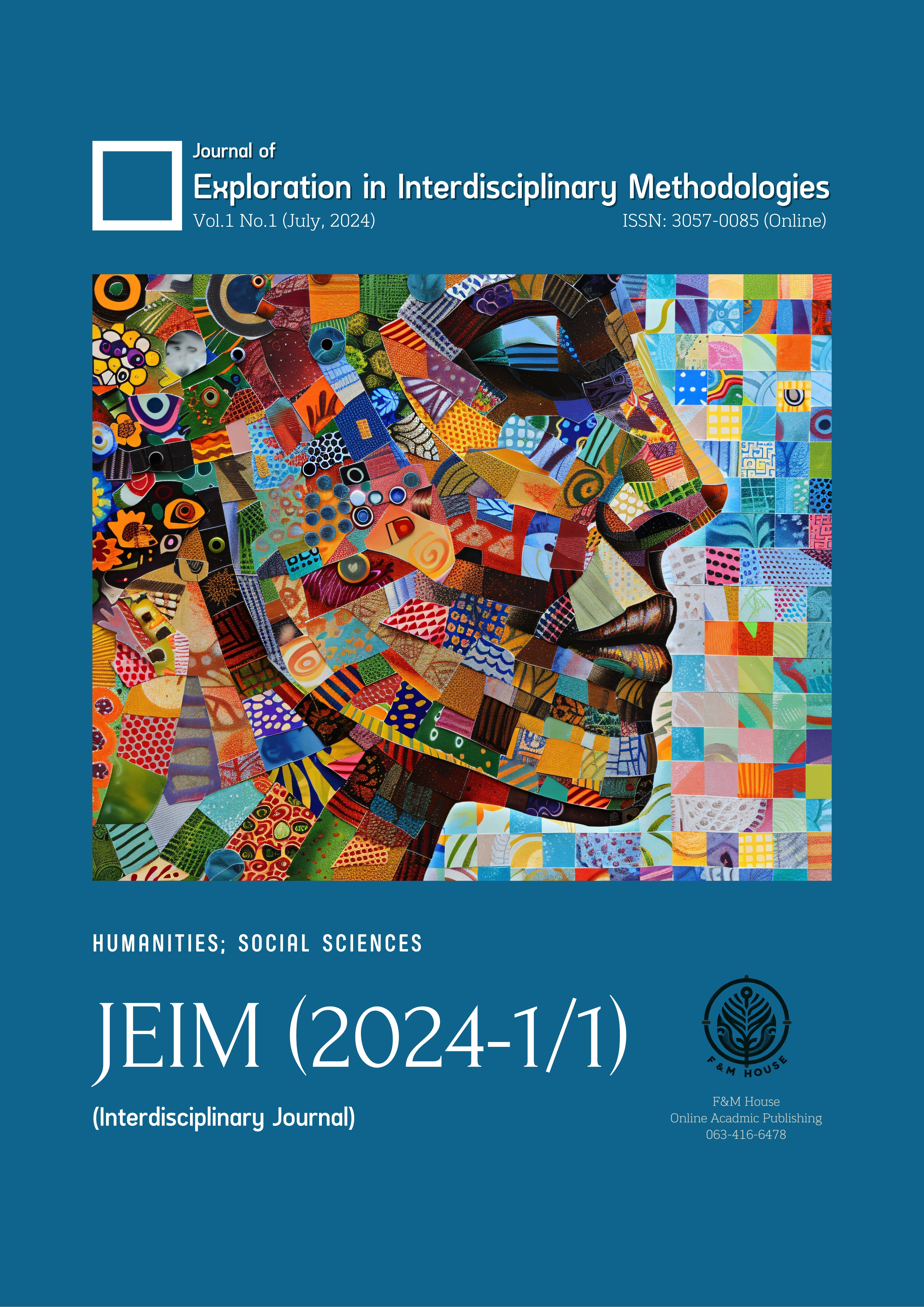Cultural Identity and Globalization: Navigating Tradition and Modernity in Southeast Asia
คำสำคัญ:
Globalization, cultural identity, Southeast Asia, tradition vs. modernity, cultural preservation, hybrid identitiesบทคัดย่อ
Globalization has had a profound impact on cultural identity in Southeast Asia, creating both challenges and opportunities for the region. This paper explores the tension between tradition and modernity as Southeast Asian societies navigate the pressures of global integration. The study highlights the effects of globalization on cultural preservation, with a focus on the commodification of traditions through tourism, the influence of global media on cultural practices, and the role of economic factors such as trade and labor migration in shaping hybrid identities. Case studies from Indonesia, Thailand, and the Philippines demonstrate the complex dynamics of balancing cultural heritage with global influences. The paper also emphasizes the importance of sustainable cultural policies, education that integrates local heritage with global awareness, and community engagement in preserving Southeast Asia’s rich cultural diversity. In conclusion, the paper argues that Southeast Asia can thrive in a globalized world by embracing both tradition and modernity, ensuring that its cultural identity remains resilient and vibrant in the face of ongoing global changes.
เอกสารอ้างอิง
Andaya, B. W., & Andaya, L. Y. (2015). A History of Early Modern Southeast Asia, 1400-1830. Cambridge University Press.
Anderson, B. (1991). Imagined Communities: Reflections on the Origin and Spread of Nationalism. Verso.
Askew, M. (2002). Bangkok: Place, Practice and Representation. Routledge.
Chan, K. B., & Rodan, G. (2003). Globalization, Local Culture, and Identity: Social Change in Singapore. Asian Journal of Social Science, 31(3), 424-446.
Cohen, E. (2001). Thai Tourism: Hill Tribes, Islands and Open-Ended Prostitution. Tourism and Cultural Change, 25(3), 101-123.
Emmerson, D. K. (1984). Southeast Asia: What's in a Name? Journal of Southeast Asian Studies, 15(1), 1-21.
Espiritu, Y. L. (2003). Home Bound: Filipino American Lives across Cultures, Communities, and Countries. University of California Press.
Hall, S. (1992). The Question of Cultural Identity. In S. Hall, D. Held, & T. McGrew (Eds.), Modernity and Its Futures (pp. 273-325). Polity Press.
Harms, E. (2011). Saigon's Edge: On the Margins of Ho Chi Minh City. University of Minnesota Press.
Picard, M. (1996). Bali: Cultural Tourism and Touristic Culture. Archipelago Press.
Reid, A. (1993). Southeast Asia in the Age of Commerce, 1450-1680, Volume Two: Expansion and Crisis. Yale University Press.
Samuels, J. (2015). Youth, Media, and Identity: Modernity in Southeast Asia. Routledge.
San Juan, E. (2009). Balikbayan: A Filipino Experience of Transnationality. Rowman & Littlefield Publishers.
Thongchai, W. (2011). Silk and Style: Fashion in Contemporary Thai Culture. Journal of Southeast Asian Studies, 42(3), 567-586.
Tomlinson, J. (1999). Globalization and Culture. University of Chicago Press.
UNESCO. (2009). Batik of Indonesia. Retrieved from https://ich.unesco.org/en/RL/indonesian-batik-00170
Weintraub, A. (2010). Dangdut Stories: A Social and Musical History of Indonesia's Most Popular Music. Oxford University Press.
Yampolsky, P. (2013). Gamelan Fusion: Tradition and Modernity in Indonesian Music. Asian Music, 44(1), 37-61.







